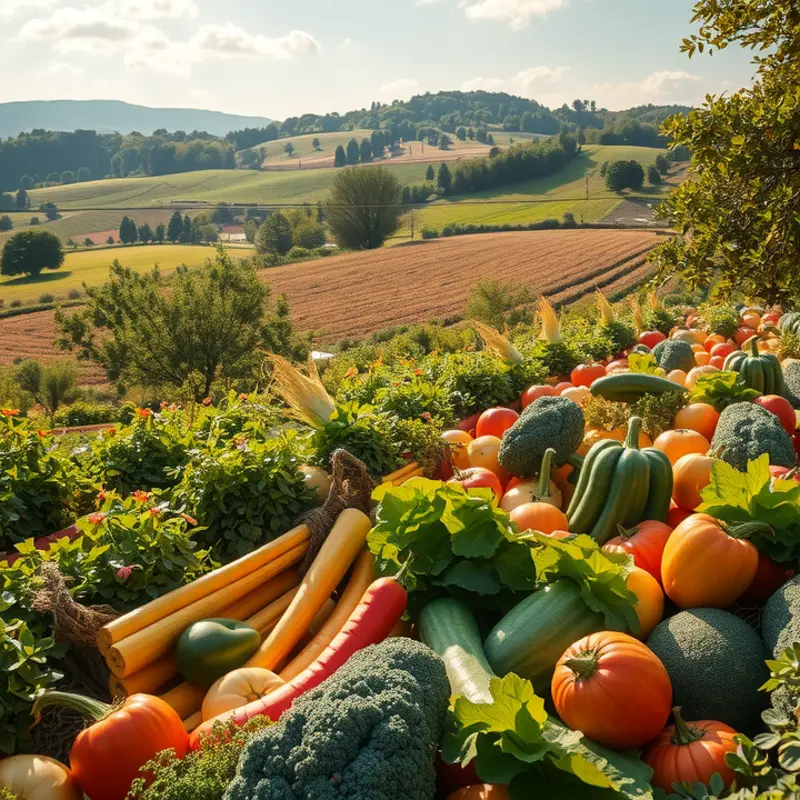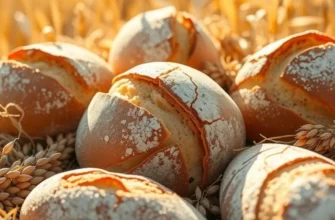Meal planning can be a daunting task for busy individuals and families. The good news is that leveraging leftovers can turn your meal routine from chaotic to simply organized. By creatively incorporating the food you already have, you not only save time but also reduce waste. Let’s explore practical strategies to help you maximize your leftovers and streamline your meal prep process, so you can enjoy delicious, home-cooked meals without the stress.
Smart Leftover Utilization: Reinventing Yesterday’s Meals

Embracing leftovers is not just a culinary skill; it’s a sustainable practice that saves time and reduces waste. By transforming yesterday’s meals into something fresh and exciting, families can enjoy wholesome dinners without starting from scratch. The key lies in leveraging strategies like batch cooking, smart storage, and employing versatile ingredients.
Batch cooking is an ally for busy families. Prepare a larger portion of a versatile dish, like roasted vegetables or grilled chicken, during the weekend. These can be the backbone for several meals. For instance, roast two trays of vegetables. Use half for a hearty stew, and reserve the rest for a pasta sauce or a warm salad later in the week.
Equally important is storing leftovers wisely. Proper storage can make or break your leftover meal success. Consider portioning out servings into easy-to-access containers that seal tightly to maintain freshness. Keeping leftovers toward the front of the fridge acts as a visual reminder to use them, minimizing food waste and maximizing meal potential. For more insights on safe storage methods that also reduce waste, refer to our guide on safer storage of sauces.
Harnessing the power of versatile ingredients can turn leftovers into entirely different dining experiences. Ingredients like rice, pasta, and legumes serve as flexible bases. Pair leftover stir-fried vegetables with cooked quinoa and a drizzle of soy sauce for an Asian-inspired dish. Alternately, mix with tomatoes and cheese for a quick Italian flavor twist.
Thinking creatively with proteins also helps reinvent meals. Suppose you have leftover grilled chicken. Transform it into a speedy chicken curry with the addition of coconut milk, curry paste, and vegetables. Another option is to slice it for a taco filling, combined with salsa and avocado.
Additionally, don’t shy away from mixing cuisines to reinvigorate flavors. Leftover beef can be a topping for a spicy ramen bowl or remade into a comforting beef pot pie. Such swaps not only bring variety but also keep family meals exciting without overwhelming your schedule.
Reviving yesterday’s meals cleverly and efficiently streamlines your cooking process. It’s about using what’s available, being inventive, and ensuring each meal feels fresh. When approaching meal planning with leftover utilization in mind, households can look forward to dinners that are not only time-efficient but also nurturing, promising a more relaxed evening for everyone involved.
Efficient Meal Prep: Strategies to Save Time

Managing a busy schedule can challenge anyone trying to eat healthily, but efficient meal prep offers a solution. Start with a clear plan for the week. Allocate time for planning, selecting simple recipes that align with your family’s preferences and dietary needs. This means considering the proteins, vegetables, and grains you have on hand, reducing decision fatigue during the week.
Using storage techniques effectively ensures ingredients remain fresh and ready for quick assembly. Invest in a variety of containers to store pre-cut vegetables, cooked grains, and proteins. Storing items in airtight containers prolongs their freshness and keeps flavors intact. Label each container with a date and description to keep track of what you have. This prevents waste and ensures older items are used first. Learn more about low waste cooking & prep.
Consider batching your meal components to save even more time. Cook a double batch of grains or roast various vegetables at once. These components can be mixed and matched throughout the week, offering variety without the extra work. Doing this on the weekend can create multiple meal options ready for weekday dinners.
Quick meal assembly is essential for busy weekday dinners. Assemble meals using pre-prepped items and versatile staples like eggs or canned beans. For example, combine precooked rice with black beans, avocado, and some cheese for a nutritious burrito bowl. Or, use roasted vegetables as a topping for a quick flatbread pizza with marinara sauce and mozzarella.
An often overlooked strategy involves transforming leftovers into new dishes. A roast chicken from one night becomes chicken tacos or a hearty chicken soup the next. Mastery of this skill not only saves time but also ensures you make the most of your pantry and reduce waste.
Finally, utilize tools like slow cookers or pressure cookers. These can turn bulk ingredients into flavorful meals with minimal effort. Simply load them up in the morning, and by dinnertime, you’ll have a hot meal that’s perfect for those nights when time is short.
By integrating these strategies, meal preparation becomes less of a chore and more of a routine efficiency. This structured approach not only saves time but also reduces stress, leaving more moments to enjoy with family, even on the busiest days.
Final words
By embracing leftover meals and smart meal prep techniques, busy families can dramatically reduce the complexities of dinner time. The key lies in being creative and resourceful with what you already have, transforming leftovers into delightful dishes that excite your palate. Start experimenting by planning meals around your leftovers and gradually integrate these strategies into your routine. With a little effort upfront, you’ll create delicious, nutritious meals that simplify your life and bring the family together at the dinner table, without the stress of last-minute cooking.







